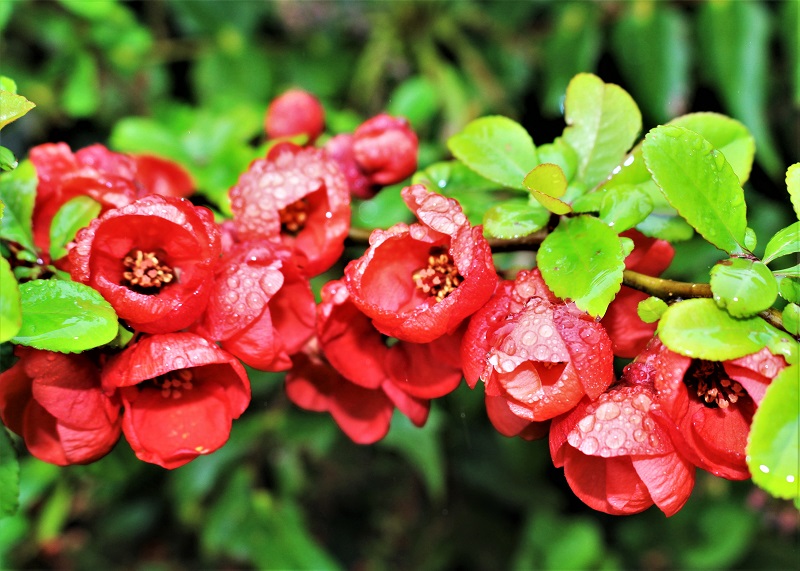APRIL
The garden will be forging ahead with the Easter sunshine & warmth.
Check that young plants have adequate moisture.
Check seedlings daily – they should be shaded from strong sunlight, particularly in a greenhouse. They can dry out very quickly; if they wilt they may well not recover.
Make sure you prick out seedlings before they get too leggy.
Frosts are still possible, so be prepared to protect vulnerable plants.
Click on any picture or text link for more information
Old hydrangea flower heads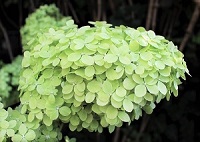 that were left on to provide winter protection should now be removed – take care not to knock off the new buds.
that were left on to provide winter protection should now be removed – take care not to knock off the new buds.
Note the different ways of pruning the various types of hydrangea.
Deadhead daffodils as they go over, 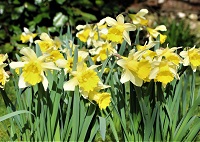 also removing the seed capsule behind the flower, so that the plant’s energy goes into the bulb, rather than into seed production, unless you want them to self-seed (the wild daffodil Narcissus pseudonarcissus spreads primarily by seed).
also removing the seed capsule behind the flower, so that the plant’s energy goes into the bulb, rather than into seed production, unless you want them to self-seed (the wild daffodil Narcissus pseudonarcissus spreads primarily by seed).
Do not cut back or tie up the leaves – leave them to feed the bulbs for a good show next year; help this by applying a potash rich liquid feed, such as tomato fertiliser.
Where bulbs have been naturalised in grass, leave for 6 weeks from the end of flowering before mowing.
There’s still time to 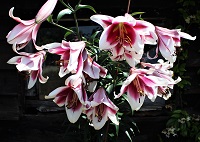 plant lilies in containers for a glorious summer display.
plant lilies in containers for a glorious summer display.
Pots & tubs benefit from topping up with fresh compost. If there is not much room, remove the old compost to a depth of 5 cm (2 in) and replace with new.
Pot on plants showing signs of being pot-bound. Tip out the root balls of unhappy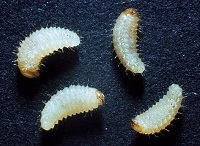 looking plants to see whether they are suffering from some other problem, such as vine weevil.
looking plants to see whether they are suffering from some other problem, such as vine weevil.
Aphids may be already making an appearance.
may be already making an appearance.
Check new shoots, particularly on roses, so that any aphids can be rubbed off before they build up to become a significant problem.
Resowing bare patches in the lawn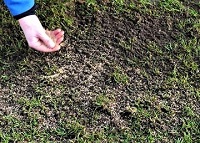 is best done from mid-April to early May. Germination will be hampered if the soil is very wet or cold, in which case, wait until the weather improves.
is best done from mid-April to early May. Germination will be hampered if the soil is very wet or cold, in which case, wait until the weather improves.
If you want to create a new lawn, now is also a very good time to do it.
Put supports for taller perennials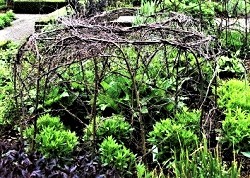 in place now to avoid damaging plants later on. Plants will then grow through the supports, masking them.
in place now to avoid damaging plants later on. Plants will then grow through the supports, masking them.
Try criss-crossing string between canes or using wire mesh.
Hazel or willow cuttings woven together can make effective & attractive supports.
Cut back the old growth of penstemon 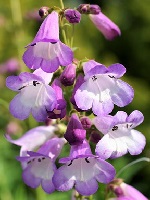 late April when it will have done its job of protecting the plant against the worst of the winter.
late April when it will have done its job of protecting the plant against the worst of the winter.
This will allow new growth to develop from the base and will prevent the plant becoming woody & leggy.
Some flowers self-seed profusely (e.g. forget-me-nots, foxgloves, aquilegias), often with welcome results.
However, they can easily smother other plants, so remove unwanted plants to avoid overcrowding; you may be able to use them elsewhere in the garden.
Wildlife in the garden
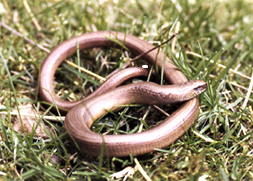
Slow Worm
You may well come across this welcome friend in the garden this month

Wild Lawns
You can get very much more when you let them grow a little wilder
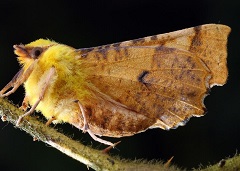
Join the Dark Side
How moths are affected by lighting, not only street lights, but also from house & garden
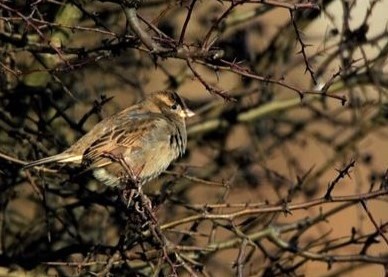
Garden Hedges
A useful & attractive feature that’s an important habitat for many types of wildlife
Click any day below for a more detailed weather forecast, also looking further ahead

